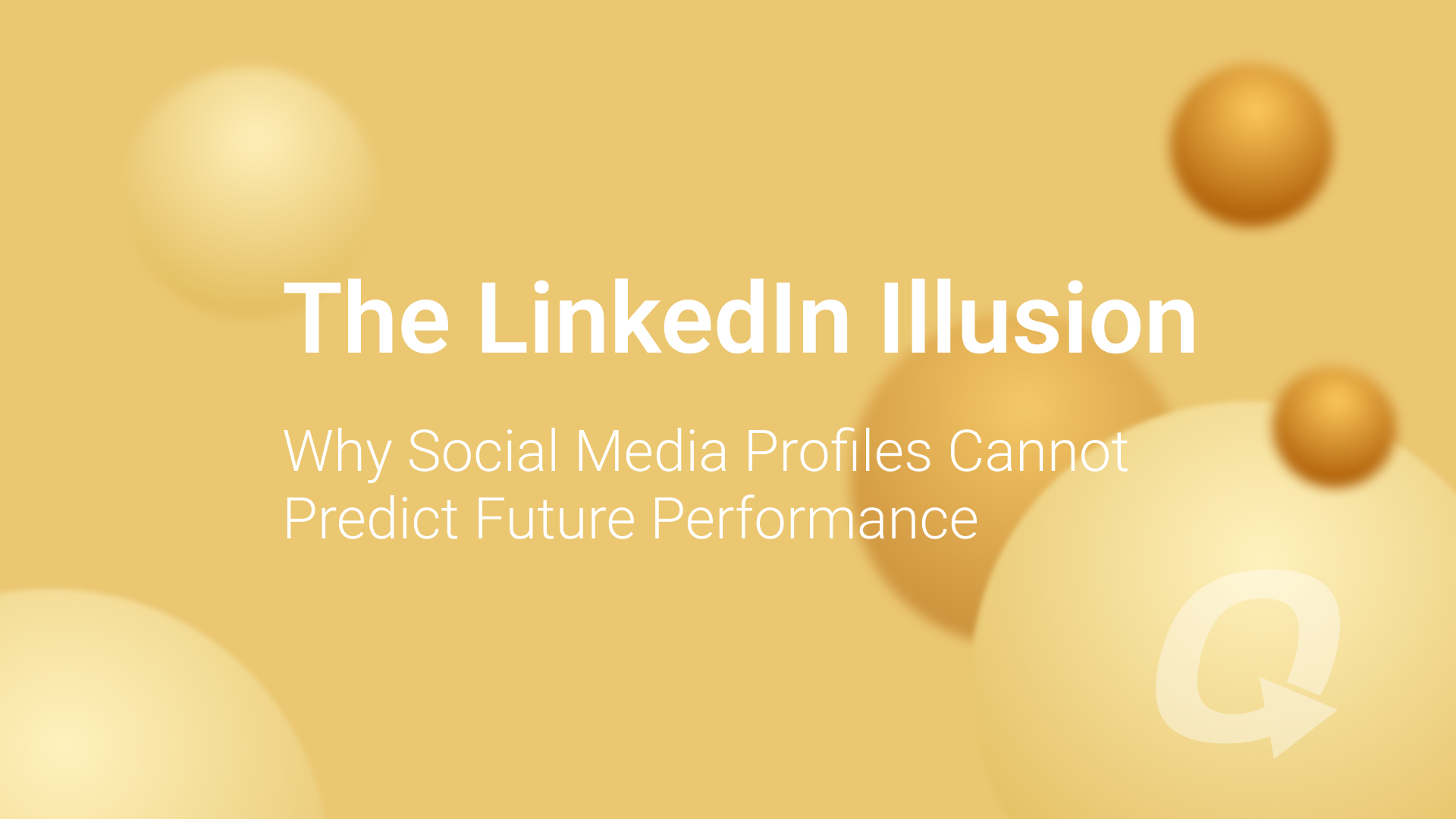Since the advent of social media, recruiters have found a new haven for analysing candidates’ backgrounds. LinkedIn profiles especially appear to offer the clearest insight into professional capabilities and cultural fit. However, the Olinio recruiting specialists must issue a warning: mounting evidence indicates that social media in hiring practices may be creating more illusions than revelations about future job performance.
The reality is stark: the carefully curated, AI-enhanced professional social media profiles bear little resemblance to actual workplace competency. For recruitment professionals, this is both a challenge and an opportunity to refine their evaluation processes.
The Performance Theatre of Professional Social Media
Professional networking platforms have evolved into sophisticated stages for performative professionalism. LinkedIn feeds are increasingly filled with carefully crafted narratives where the most basic life events are transformed into professional wisdom, creating tension through line-by-line cadences that ultimately serve as self-promotion.
This performative nature extends beyond mere content creation. LinkedIn has transformed into a platform that prioritises polished professional presentation. Here, positive messaging dominates and only certain types of failure narratives—those that ultimately lead to career advancement or business success—are commonly shared.
A Platform that Rewards Perfectionism over Authenticity
LinkedIn’s algorithm-driven environment rewards picture-perfect profiles that drive engagement over authenticity. This is a huge incentive for users to craft personas that may be very different from their actual professional capabilities.
The implications for social media in hiring practices are profound. When candidates can leverage AI tools to polish their profiles for maximum impact, recruiters face an increasingly complex task in distinguishing genuine competency from digital artifice.
LinkedIn Profile vs Resume Differences: The Authenticity Gap
The relationship between LinkedIn profiles and traditional resumes reveals significant discrepancies, which the Olinio recruitment team learned to navigate carefully. We approach LinkedIn profiles with a healthy dose of scepticism. Many of them are carefully curated presentations rather than authentic representations of professional capabilities.
This cautious stance is in line with the visible changes in how candidates present themselves online. The integration of AI tools has fundamentally altered professional self-presentation. Modern job seekers increasingly use technology to optimise their profiles and resumes, creating content that portrays them as:
- highly motivated
- results-oriented
- strategically minded
- … insert any other buzzword you’ve encountered during recruiting.
In many cases, these buzzwords have nothing to do with their actual experience or capabilities.
Why High Performers May Be Invisible Online
One of the most counterintuitive findings about social media in hiring practices is that the most capable candidates may have minimal or inactive social media presence. Many career-driven individuals are too busy doing a great job to focus on bragging about it online.
This phenomenon creates a selection bias where recruiters may inadvertently favour candidates who excel at self-promotion over those who excel at actual job performance. The time and energy required to maintain an impressive social media presence may be inversely correlated with dedication to core professional responsibilities.
Thus, relying heavily on social media activity as a screening criterion may effectively exclude highly capable candidates who prioritise substance over social media engagement. This represents a fundamental flaw in using social platforms as primary evaluation tools.
The Future of Social Media in Recruitment
The evolution of social media in hiring practices points toward a more nuanced, evidence-based approach. Instead of polished job titles, recruiters are looking for proof of work: portfolios, case studies, and recommendations from clients, rather than managers.
This transformation suggests that effective recruitment will increasingly focus on verifiable achievements—actual projects completed, problems solved, measurable impact generated—rather than social media personas or traditional credentials. The future likely belongs to assessment methods that can distinguish between authentic capability and performative professionalism.
Recommendations for Evidence-Based Hiring
For recruitment professionals navigating the LinkedIn illusion, several evidence-based strategies can improve hiring outcomes:
Focus on Verifiable Achievements
Prioritise concrete examples of work output, measurable results, and documented contributions over social media engagement metrics or follower counts.
Use Social Media as Conversation Starters
Rather than shaping expectations, use social media information to “provide talking points” and understand candidates’ interests or mutual connections.
Implement Structured Assessment
Replace social media screening with work sample tests, structured interviews, and skills-based evaluations that directly measure job-relevant capabilities.
Replace Social Media in Hiring with Olinio’s Expert Approach!
The LinkedIn illusion represents a broader challenge in modern recruitment: the temptation to mistake digital presentation for professional competence. While social media in hiring practices offers certain conveniences, the evidence overwhelmingly suggests that these platforms cannot reliably predict future job performance.
At Olinio, we understand the complexities of modern recruitment. Our evidence-based approach focuses on identifying genuine talent through comprehensive assessment methods that go beyond social media appearances. Contact us to learn how we can help you build high-performing teams based on authentic capabilities, not digital illusions.

